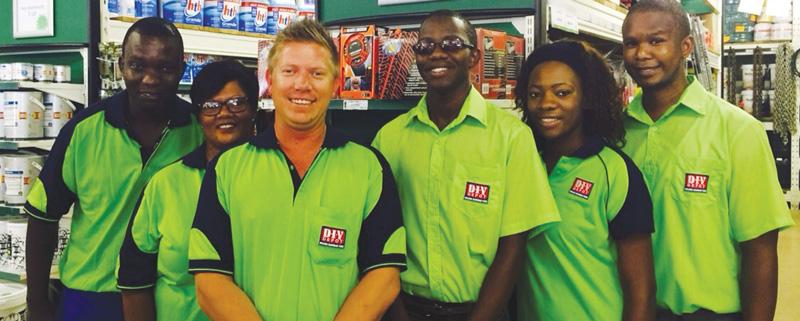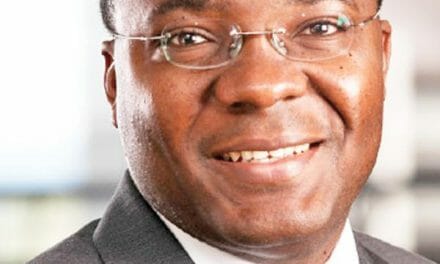
Erindi auction proves investment value of game


More than 500 guests descended on Erindi Game Reserve at the beginning of April for the largest game auction in history where more than 1200 animals went under the hammer. An atmosphere of anticipation pervaded as the 152 registered buyers prepared their final strategies to bag the animals they have selected from the catalogue.
When Gert Joubert made his infamous statement some ten years ago that the entire Namibia must be turned into a game park, he was considered a crank. But at the beginning of April, much of what Joubert advocated then was vindicated by the results of the third Erindi game auction.
What this auction proved is that wildlife, in particular game farming and the tourism that it generates, is indeed a high-value business. The auction offered 1289 animals including some very exotic species and it generated an unbelievable N$35 million.
Many South African game farmers and investors showed up for the auction, motivated by the proven genetics of many of the animals, and by the mindboggling variety of species. A day before the auction, the first prospective buyers started arriving. By the Saturday morning, attendance has grown to more than 500 guests of which 152 registered as buyers.
A game auction of this scale needs a venue that complements the offer otherwise the bidding will fail. For this, Erindi Game Reserve is ideal. The substantial investment from the Joubert family over many years to make Erindi such a successful tourism venue has also created a world-class conservation area and a recognised authority on game breeding and game management. The auction results reflected this.
Erindi has perfected the skill to generate substantial revenue from a so-called catalogue auction. Except for a small number of novelty species, the animals are not kept in bomas for prospective buyers to view but are identified months before the auction. The catalogue lists the species, the gender and the number of animals available. Most of the capture and relocation happens only after the auction.
The large Erindi shed was transformed for this special occasion into an auction arena. The animals on auction come from Erindi and eight other guest sellers: Mount Etjo, Dirk de Bod, Golden Game, AA Game Farming, Immenhof Game Breeders, Valley Venture Stud, SINCO Investments, and Gametrade.
Niel Swart, chief auctioneer from Vleissentraal, assisted by a team of competent spotters, handled what was going to be a very long auction, with professional fluency and skill in a relative short time.
President of Wildlife Ranching Namibia, Mike Bredenkamp opened the proceedings, reading a personal message from Namibian President Dr Hage Geingob.
Wiaan van der Linde, the President of Wildlife Ranching South Africa, and Norman Adami, its Marketing Director were up next to award Erindi’s co-owner, Paul Joubert, with the trophy for Southern Africa Wildlife Rancher of the Year 2015 in the Biodiversity and Social Responsibility category.
The auction itself confirmed the high values of many rare species but it also produced many unexpected surprises.
Klipspringers featured for the first time in a Namibian auction and sold for an impressive N$20,000 each. Buyers willingly paid N$60,000 for bushbuck and Damara dik-diks. Tsessebes, also very rare, fetched N$88,000 each. Sable cows generally fetched more than N$500,000 each as expected, but a big surprise was when a Zambian sable bull went for N$530,000. Roans were also in the N$500,000 to N$600,000 range, as expected.
The highlight of the day was the sale of two hyenas and two crocodiles that took N$60,000 each. Three hippos sold for N$100,000 a piece, while six white rhinos changed owners. The highest price of N$700,000 was for a pregnant white rhino cow from Golden Game. Altogether, 23 elephants were sold for N$330 000 each.
Except for a trophy kudu bull that fetched N$290,000 all the more common species traded at market value.
When asked how it is possible to achieve such high prices in the midst of a dry season, Mr Joubert said: “Erindi Game Reserve is a source of super genetics in its breeding wildlife groups, achieved through a life-long passion and good management. Furthermore, our auction partners take pride in quality breeding material.
Hard work and team work is required to host a successful auction. Last but not least, the potential buyer needs to be assured that the purchased animals will be delivered on time and alive.”













































